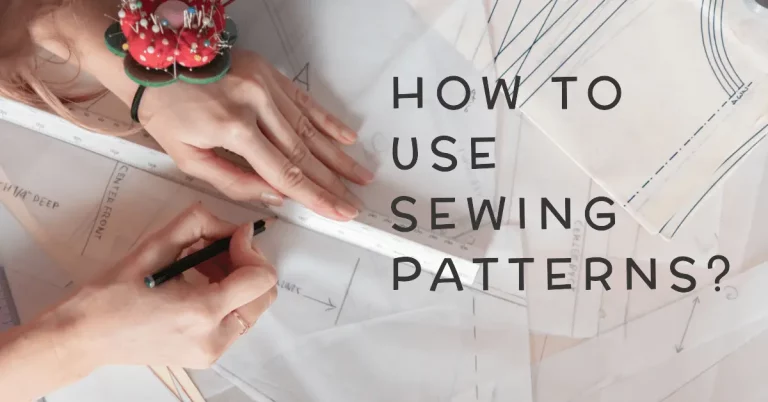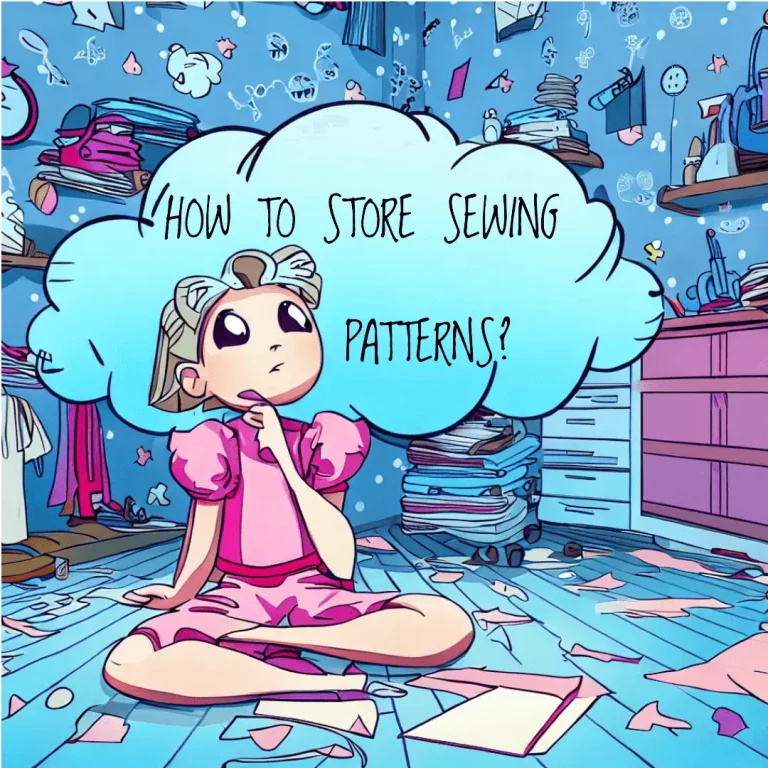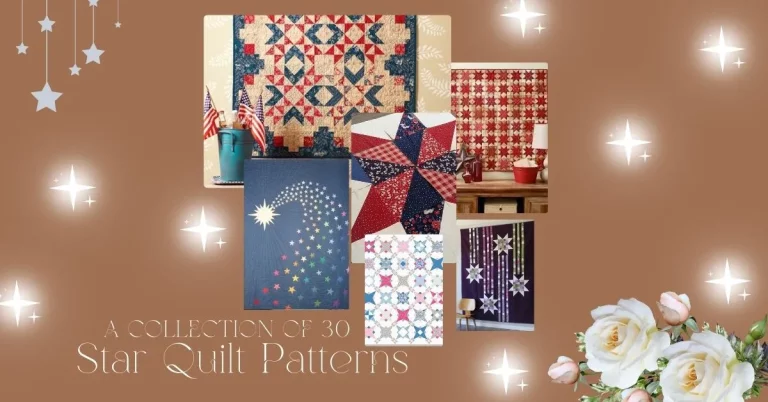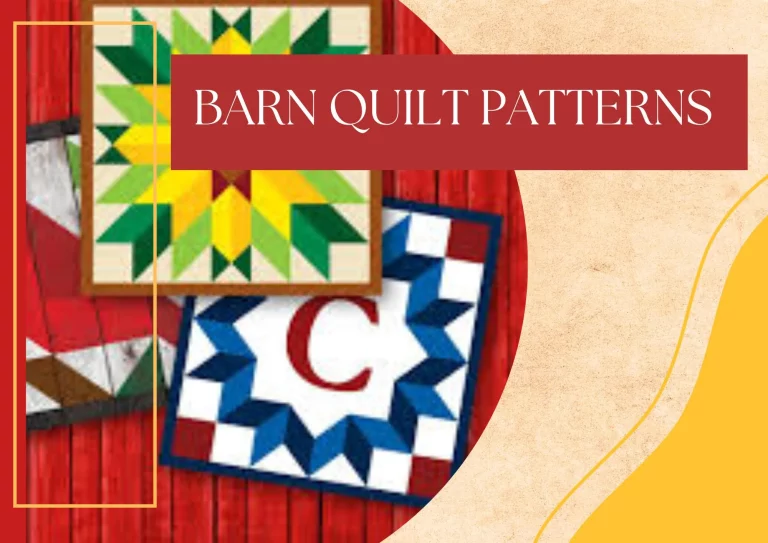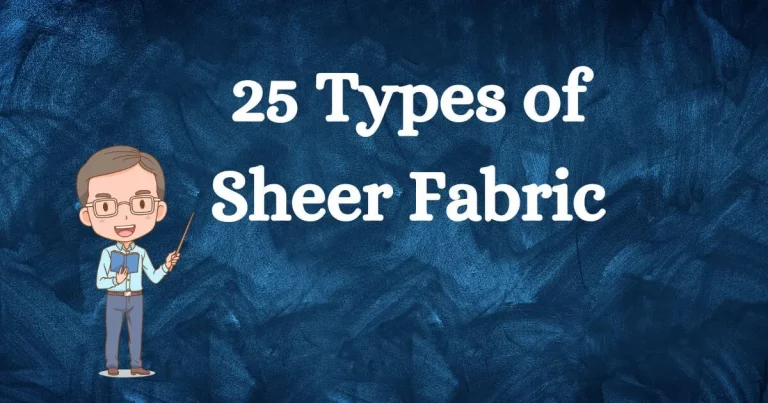FINISHING FABRIC EDGES – 15 WONDERFUL WAYS
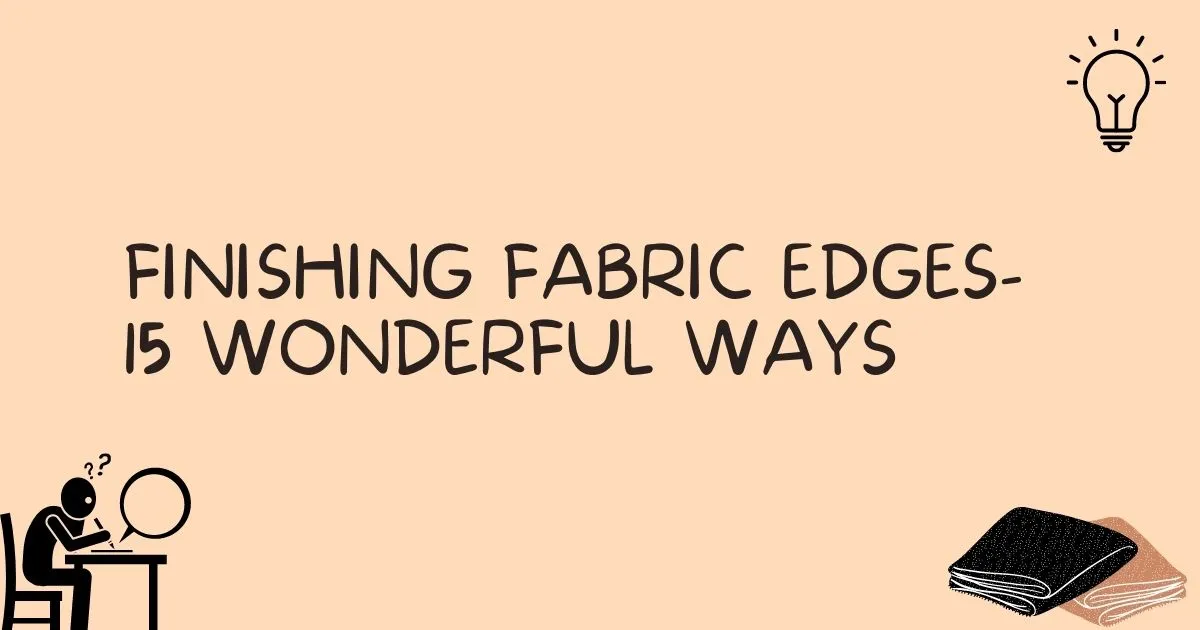
Finishing fabric edges is a crucial aspect of sewing and working with textiles, serving both practical and aesthetic purposes. This technique involves treating and securing the raw edges of fabric to prevent fraying, reinforce seams, and create a polished, professional look. Whether you’re an experienced seamstress or a beginner, mastering the art of finishing fabric edges is essential for ensuring the durability and quality of your projects.
It encompasses various methods such as hemming, binding, and serging, each tailored to the specific fabric type and desired outcome. In this article, we will delve into the different techniques, tools, and considerations involved in finishing fabric edges, empowering you with the knowledge to enhance the refinement of your sewing endeavors.
What is cut edge fabric?
The cut fabric edge embodies the untamed potential of creativity, representing the starting point for countless sewing and textile projects. This raw and unrefined edge holds within it the promise of transformation and artistry. While vulnerable to fraying, the cut edge fabric serves as a blank canvas, awaiting the skilled hands of a seamstress or designer to bring forth its full potential.
Through the application of various edge finishing techniques, such as hemming, binding, or serging, the cut fabric edge is elevated into a polished and durable masterpiece, preserving its beauty and ensuring longevity. Embrace the allure of the cut edge fabric as it invites you to embark on a journey of craftsmanship and self-expression.
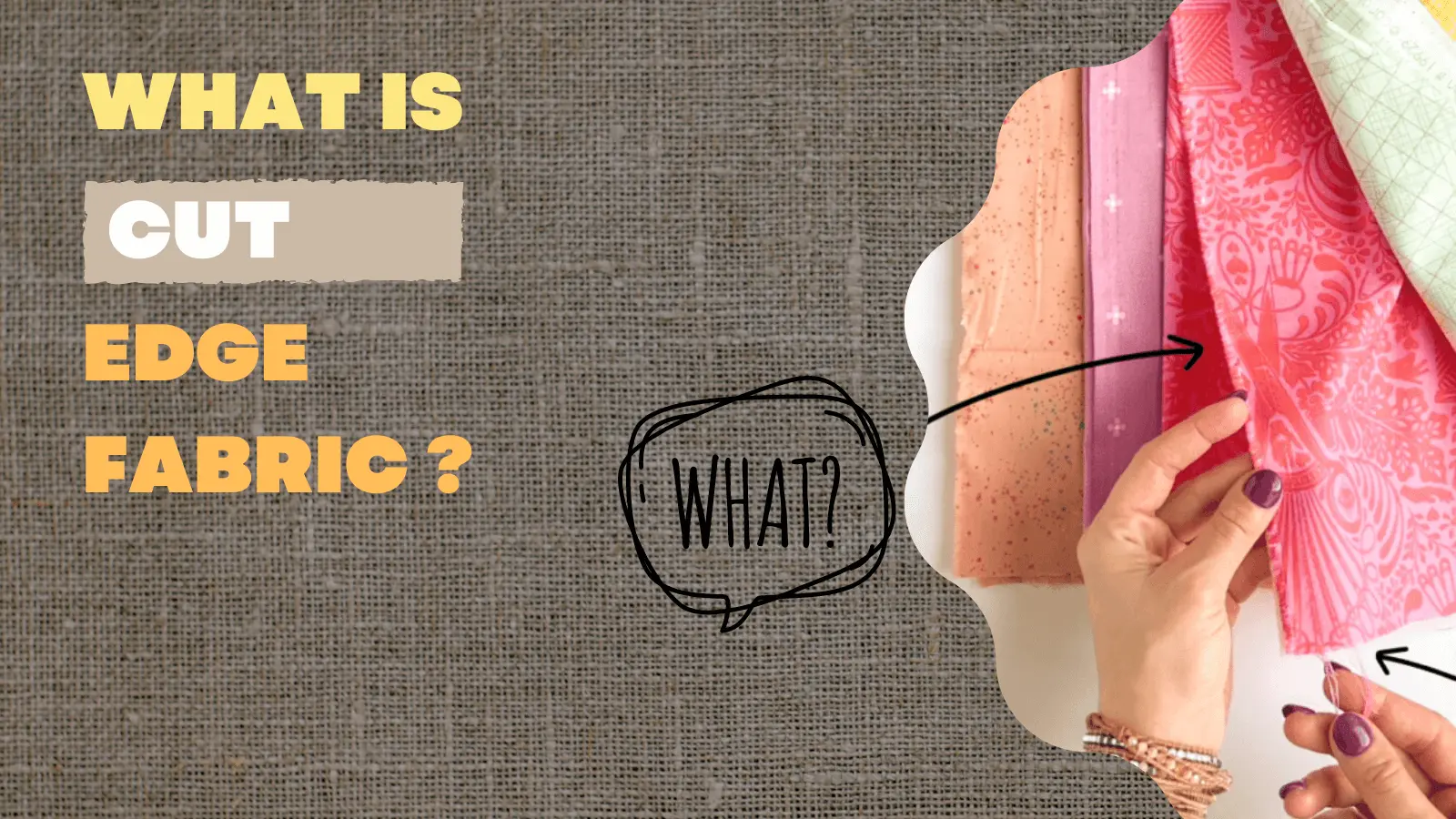
What is tubular fabric?
A tubular fabric is a specific type of fabric construction where the fabric is woven or knitted in a continuous tube shape, without any open fabric edges or seams. This means that the fabric has a consistent circumference throughout its length.
Tubular fabrics are commonly used for creating seamless elements in garments, such as sleeves, cuffs, and hems, where a smooth and uninterrupted appearance is desired. The absence of seams in tubular fabrics offers both aesthetic benefits and enhanced comfort, as there are no bulky or abrasive fabric edges.
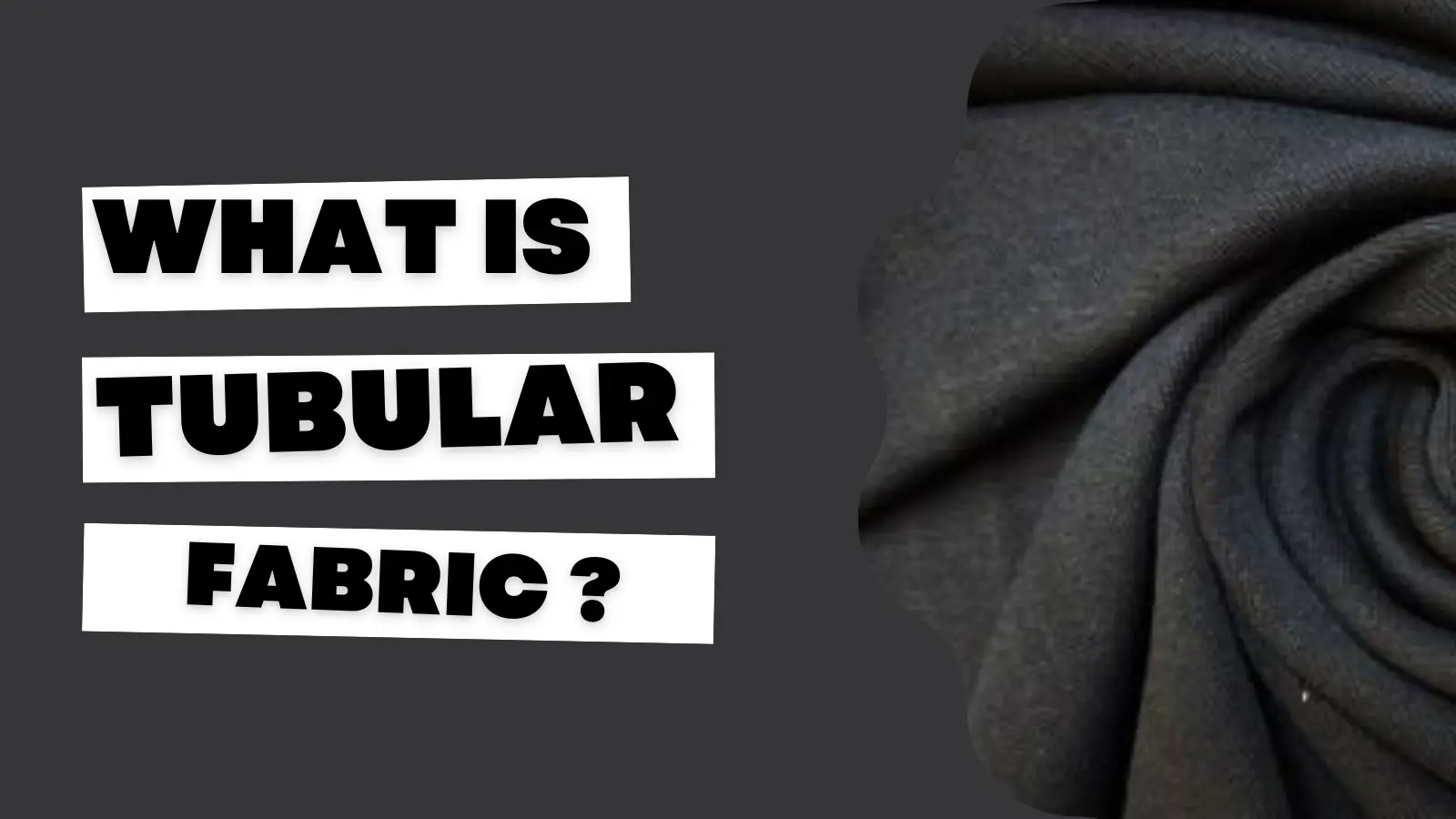
What is open width fabric?
Open width fabric is a specific category of fabric that is manufactured and sold in a width that is wider than the conventional folded or rolled fabric. Unlike folded or selvage-to-selvage fabrics, open width fabric is available in a wider width, providing greater versatility and options during the cutting and designing processes.
This wider width allows for more efficient utilization of the fabric, minimizing waste and enabling the creation of larger or custom-sized garments and textile projects. Whether for industrial production or individual crafting, open width fabric offers increased flexibility and convenience for a variety of applications.
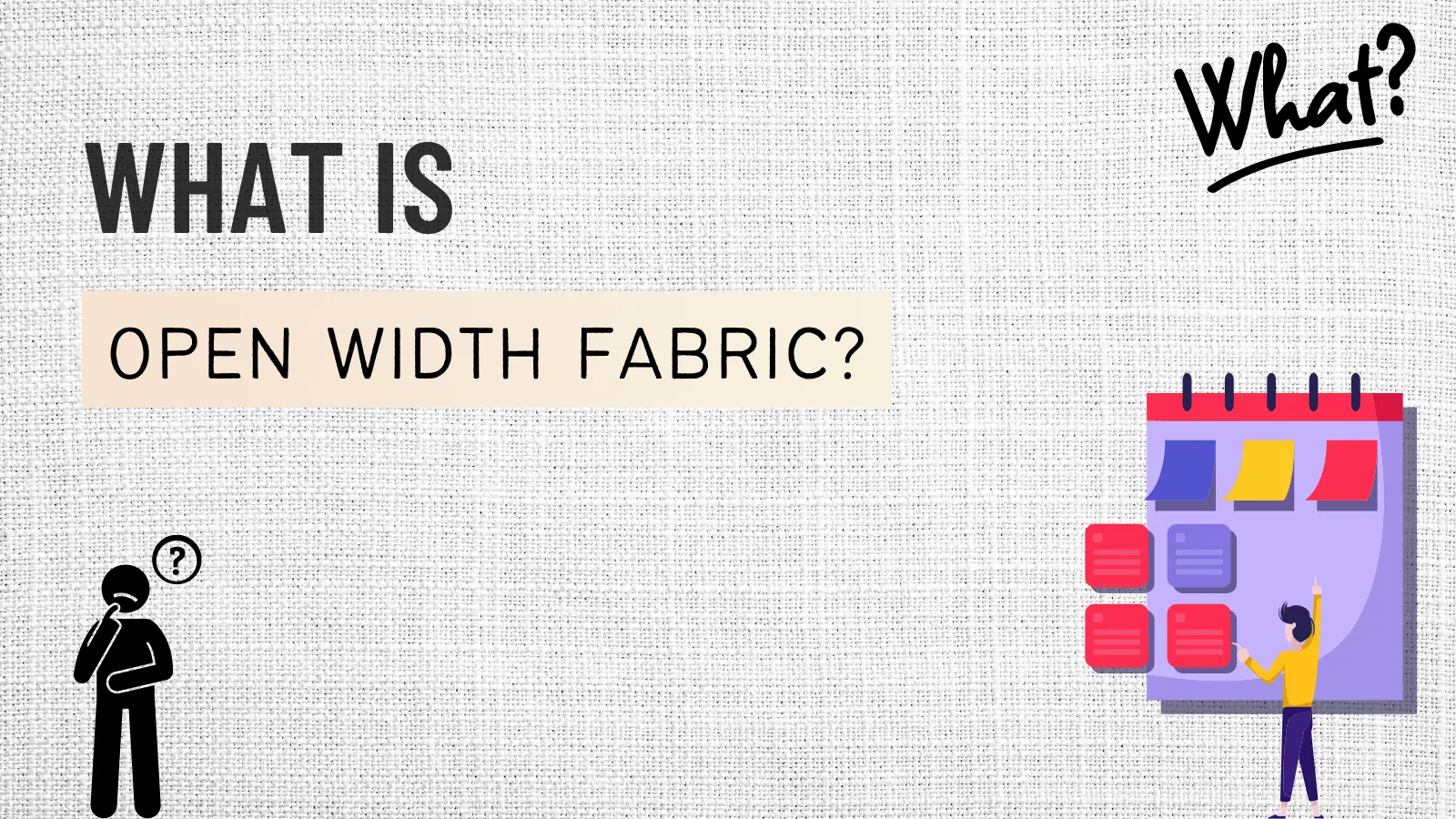
What is border edge fabric?
Border edge fabric is characterized by its decorative or patterned border along one or multiple fabric edges, setting it apart from the main body of the fabric. This unique design element adds visual interest and contrast to the fabric, making it a popular choice for enhancing the aesthetic appeal of garments, home decor items, and accessories. By incorporating border edge fabrics into projects, one can infuse a sense of elegance and adornment, creating eye-catching and stylish end products.
What is salvage?
The selvage serves the purpose of preventing fraying or unraveling of the fabric, providing structural integrity and acting as a reference point for measuring and cutting fabric accurately. Typically located on both sides of the fabric, the selvage distinguishes itself from the cut edges found at the top and bottom of the fabric.
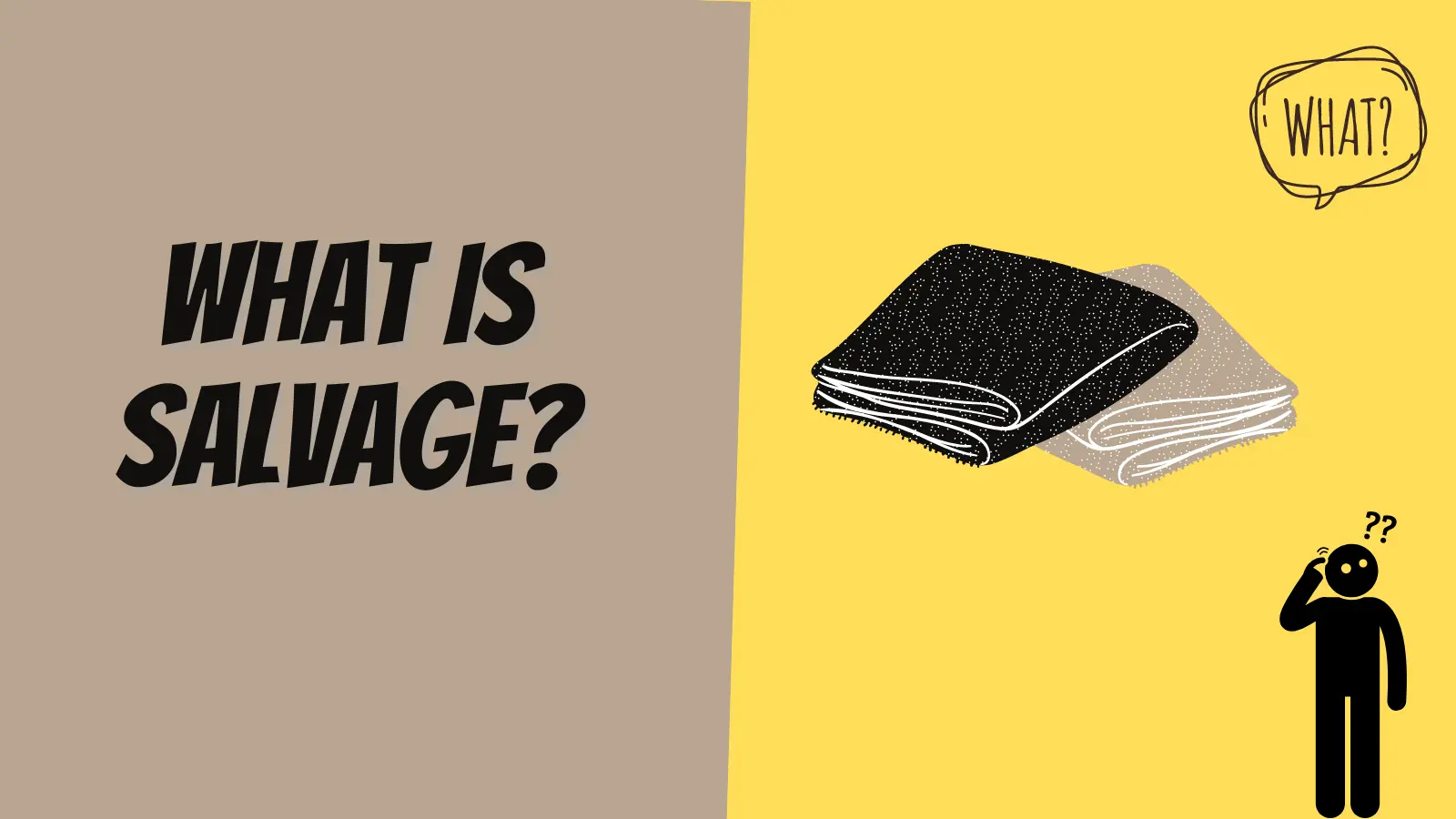
15 types of Fabric edges
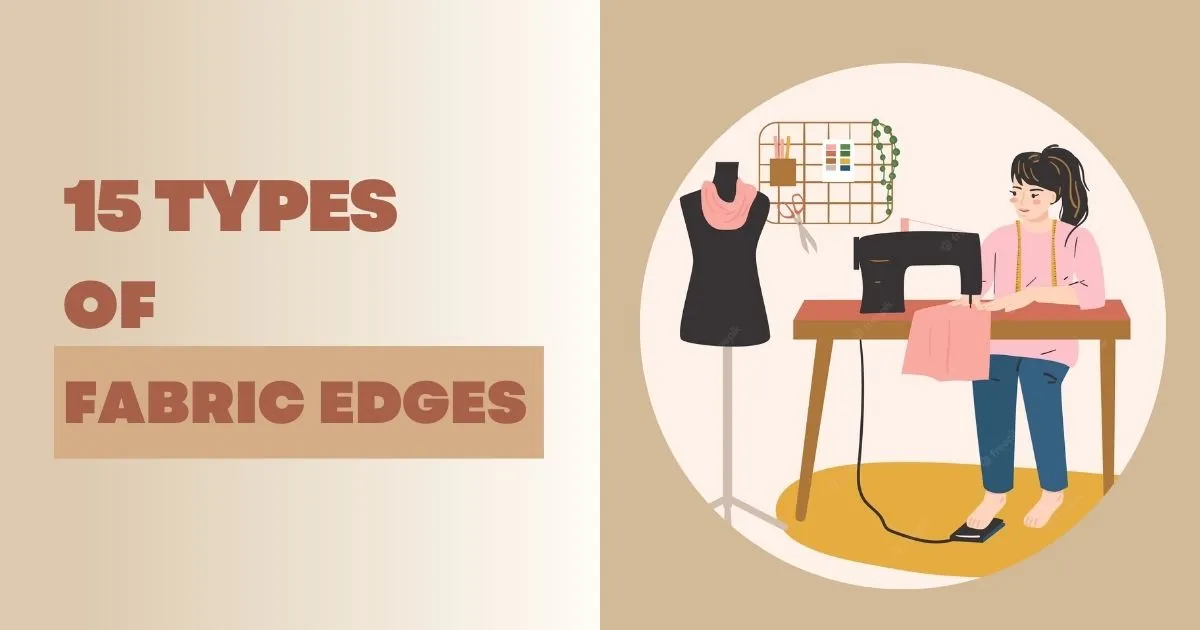
Hemmed Edge
The hemmed fabric edges are a testament to precision and finesse, showcasing the meticulous skill of the seamstress. With every carefully measured fold and stitch, the hemmed edge adds a touch of refinement and elegance, creating a clean and polished finish that is both timeless and sophisticated.
Bound Edge
The bound fabric edge boasts a harmonious marriage of functionality and artistry. This technique envelops the fabric’s raw edge in a decorative embrace, adding a delightful pop of color or texture. The bound edge not only prevents fraying but also elevates the overall aesthetic, transforming a simple fabric into a statement of creativity and craftsmanship.
French Seam
The French seam fabric edges are a true mark of craftsmanship and attention to detail. With its concealed nature, this exquisite technique conceals raw edges within the seam itself, creating a seamless appearance both inside and out. The French seam exemplifies the pursuit of perfection, leaving behind a garment that exudes a sense of understated beauty and meticulous construction.
Overcast Edge
The overcast fabric edges exudes a sense of durability and practicality while embracing the fabric’s raw edges with finesse. With each careful stitch, the overcast edge ensures that fraying is kept at bay, preserving the fabric’s longevity. This understated yet essential technique adds a subtle touch of professionalism, reinforcing the fabric and granting it a sense of resilience.
Serged Edge
The serged fabric edges are a testament to efficiency and functionality, representing the seamstress’s commitment to durability and longevity. Through the use of a specialized serger machine, the serged fabric edges encase raw fabric edges with a tight overlock stitch, preventing fraying and adding strength. With its clean and professional finish, the serged edge stands as a symbol of quality and reliability in the world of sewing and textiles.
Bias Bound Edge
The bias bound fabric edge unveils the artistic possibilities that lie within the realm of fabric finishing. This technique harnesses the flexibility of bias-cut fabric, allowing for smooth and graceful fabric edges on even the most curved or irregular shapes. With its precise application and delightful aesthetic, the bias bound edge adds a touch of sophistication, elevating any garment or project with its effortless charm.
Raw Edge
The raw edge showcases the untamed beauty of the fabric, embracing its natural texture and character. While seemingly unrefined, this edge can exude a sense of raw creativity and artistic freedom. Whether intentionally left exposed or artfully frayed, the raw fabric edges challenge convention, offering a canvas for unconventional designs and pushing the boundaries of traditional sewing techniques.
Folded Edge
The folded fabric edge represents the art of simplicity and clean lines. With each precise fold, the fabric gains structure and refinement. The folded edge lends itself to a multitude of applications, from crisp and sharp finishes to subtle and understated fabric edges, enhancing the overall appearance of a garment or project with its minimalist elegance.
Rolled Edge
The rolled edge is a delicate and dainty technique that imparts an air of grace and femininity to any fabric. With careful rolling and stitching, the fabric’s edge is transformed into a slender, perfectly rounded finish. The rolled edge emanates a sense of elegance, lending itself particularly well to lightweight and sheer fabrics, adding a touch of ethereal beauty to any creation.
Piped Edge
The piped edge is a marvelous marriage of functionality and decorative flair. With its meticulously inserted piping cord, this technique not only reinforces the fabric but also introduces a delightful contrast or embellishment. The piped fabric edge serves as a charming detail, elevating the design and bestowing upon it a sense of sophistication and bespoke craftsmanship.
Ruffled Edge
The ruffled edge is a whimsical and playful technique that breathes life and movement into fabric. With its carefully gathered and stitched layers, the ruffled fabric edges add a touch of romance and femininity to any garment or project. This delightful embellishment radiates joy and exuberance, evoking a sense of enchantment and delight to the fabric edges.
Scalloped Edge
The scalloped edge unveils a world of intricacy and artistry within the realm of fabric finishing. With its meticulously shaped curves, this technique creates a captivating and visually appealing border. The scalloped fabric edge adds a touch of whimsy and elegance, elevating the fabric and transforming it into a piece of sheer beauty.
Picot Edge
The picot edge is a tiny yet captivating detail that speaks volumes about the dedication to fine craftsmanship. With its delicate looped stitches, this technique creates a charming and decorative border that exudes elegance and refinement. The picot edge adds a touch of grace and femininity, infusing the fabric with a sense of delicate beauty.
Laced Edge
The laced edge is an exquisite and intricate technique that showcases the fusion of fabric and lace. With its careful insertion and stitching of lace trim, this finishing method adds a touch of ethereal charm and timeless elegance. The laced fabric edges lend an air of romance and sophistication, evoking a sense of vintage allure and grace.
Fringed Edge
The fringed edge stands as a testament to the beauty found within imperfection. With its intentionally unraveling threads and playful texture, the fringed edge celebrates the fabric’s raw and organic qualities. This technique invites a sense of texture and movement, creating a bohemian and free-spirited aesthetic that adds a touch of character and uniqueness to any design.
15 Ways to finish Fabric edges
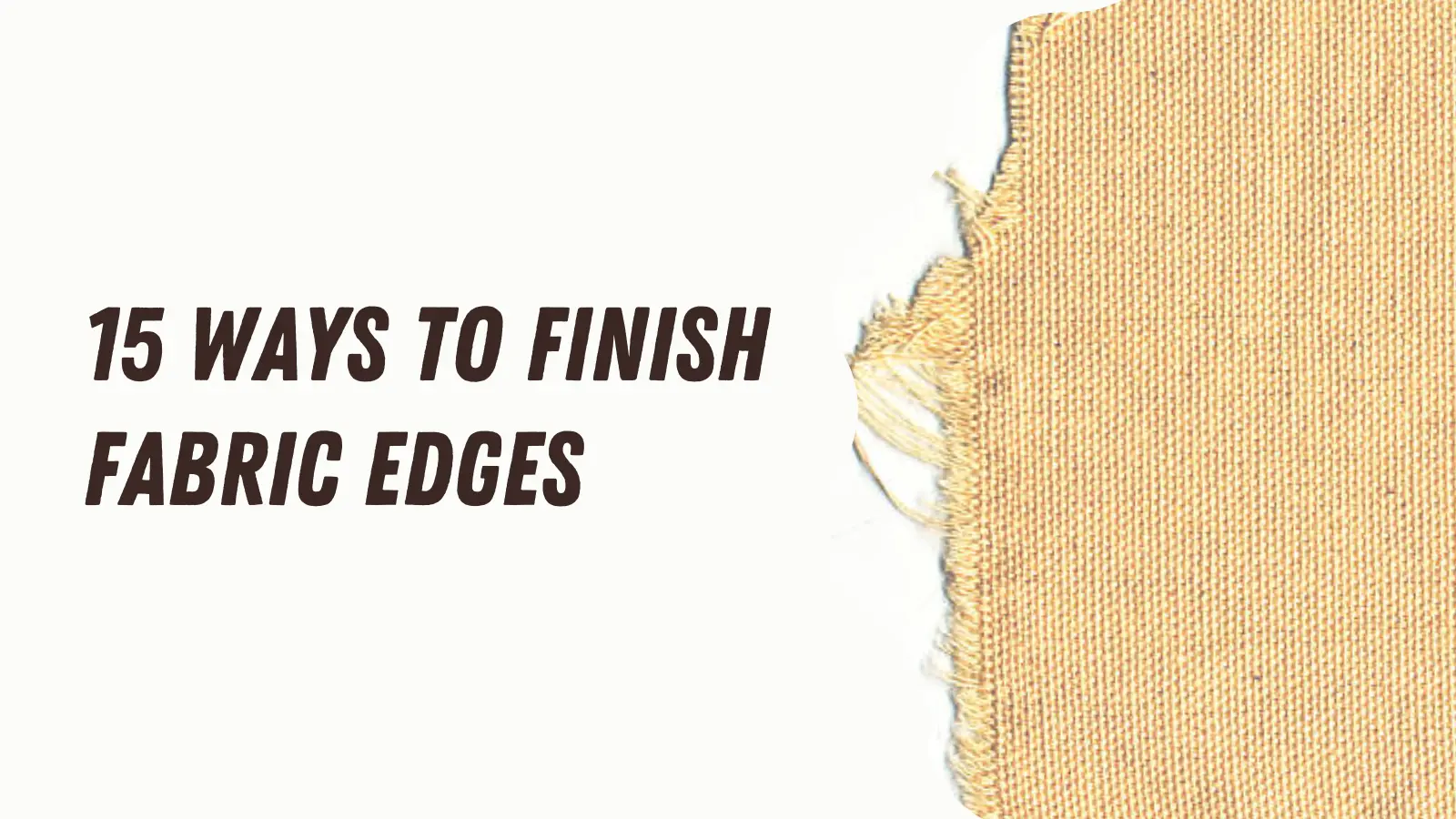
Hemming
Hemming involves folding and stitching the fabric edge to create a neat, clean finish commonly used in garments, home decor, and sewing projects.
Binding
Binding refers to the application of a fabric strip around the raw edge, providing both a decorative touch and preventing fraying. It is often used in quilting and blankets.
Serging
Serging utilizes a specialized sewing machine to encase the fabric edge with a tight overlock stitch, preventing fraying and adding durability, commonly used in apparel and linens.
Overcasting
Overcasting involves stitching along the fabric edge to secure the threads and prevent fraying, a versatile technique suitable for various fabric types.
Zigzag Stitching
Zigzag stitching creates a series of back-and-forth stitches along the fabric edge, ensuring stability and preventing fraying, commonly used on woven fabrics.
Flat-Felled Seam
Flat-felled seam involves joining fabric edges with a folded and stitched seam, creating a durable and clean finish, often used in denim or sturdy garments.
Pinking
Pinking entails cutting the fabric edge with pinking shears, creating a zigzag pattern that reduces fraying, commonly used on lightweight fabrics.
Fraying Intentionally for a Distressed Look
Intentional fraying involves deliberately unraveling and distressing the fabric edge to achieve a worn or vintage aesthetic, popular in fashion and DIY projects.
Rolled Hem
A rolled hem is created by rolling the fabric edge and stitching it in place, resulting in a narrow and delicate finish suitable for lightweight fabrics.
Hong Kong Seam
A Hong Kong seam involves enclosing the fabric edge with bias tape, providing a clean and finished look on unlined garments or sheer fabrics.
Satin Stitching
Satin stitching is a decorative technique where dense and closely spaced zigzag stitches are applied along the fabric edge, adding a decorative border or reinforcing the fabric.
Lace Edging
Lace edging involves attaching lace trim along the fabric edge, adding an elegant and feminine touch to garments, lingerie, or home decor items.
Beading or Embellishing the Edge
This technique involves attaching beads, sequins, or other embellishments along the fabric edge, creating a decorative and eye-catching border.
Applying Bias Tape
Bias tape is applied to encase and finish the fabric edge, providing a clean and decorative result, commonly used on curved edges or necklines.
Using Decorative Trims or Ribbons
Decorative trims or ribbons are attached along the fabric edge, enhancing the visual appeal and adding a personalized touch to garments, accessories, or home decor items.
If you want to know about fabric care during finishing of fabric edges you can also read an article on cool iron. A ‘cool iron’ refers to setting your iron to a lower temperature, typically used for delicate fabrics, ensuring you can press and smooth the fabric without causing any damage or scorching.
Types of Fabric Edges, Finishing Techniques, and Their Uses
| Fabric Edge Type | Finishing Technique | Uses |
| Hemmed Edge | Hemming | Garments, home decor |
| Bound Edge | Binding | Quilts, blankets |
| French Seam | Stitching | Sheer or lightweight fabrics, lingerie |
| Overcast Edge | Overcasting | Prevent fraying on various fabrics |
| Serged Edge | Serging | Apparel, linens |
| Bias Bound Edge | Bias binding | Curved edges, necklines |
| Raw Edge | N/A (intentional) | Contemporary and artistic designs |
| Folded Edge | Folding | Simple and clean finishes |
| Rolled Edge | Rolling and stitching | Sheer fabrics, delicate items |
| Piped Edge | Piping | Cushions, upholstery |
| Ruffled Edge | Gathering and stitching | Dresses, skirts, curtains |
| Scalloped Edge | Shaping and stitching | Tablecloths, curtains, pillowcases |
| Picot Edge | Looping and stitching | Lingerie, baby clothing |
| Laced Edge | Inserting lace trim | Wedding gowns, lingerie |
| Fringed Edge | Intentional unraveling | Bohemian-style garments, accessories |
Why is it necessary to stitch the raw fabric edges?
The act of stitching the raw fabric edges is an essential endeavor that showcases the commitment to preserving the fabric’s quality and enhancing its lifespan. By meticulously stitching these fabric edges, artisans demonstrate their dedication to craftsmanship, safeguarding the fabric against the threat of fraying and wear.
This practice not only upholds the fabric’s integrity but also imparts an air of sophistication and excellence to every garment or textile creation. Through the meticulous stitching of raw fabric edges, the fabric blossoms into a remarkable fusion of practicality and aesthetic appeal, a testament to the artistry and care invested in its construction. Other than this read our guide for sewing snap buttons.
What is the reason for finished fabric edges?
Finished fabric edges serve two main purposes:
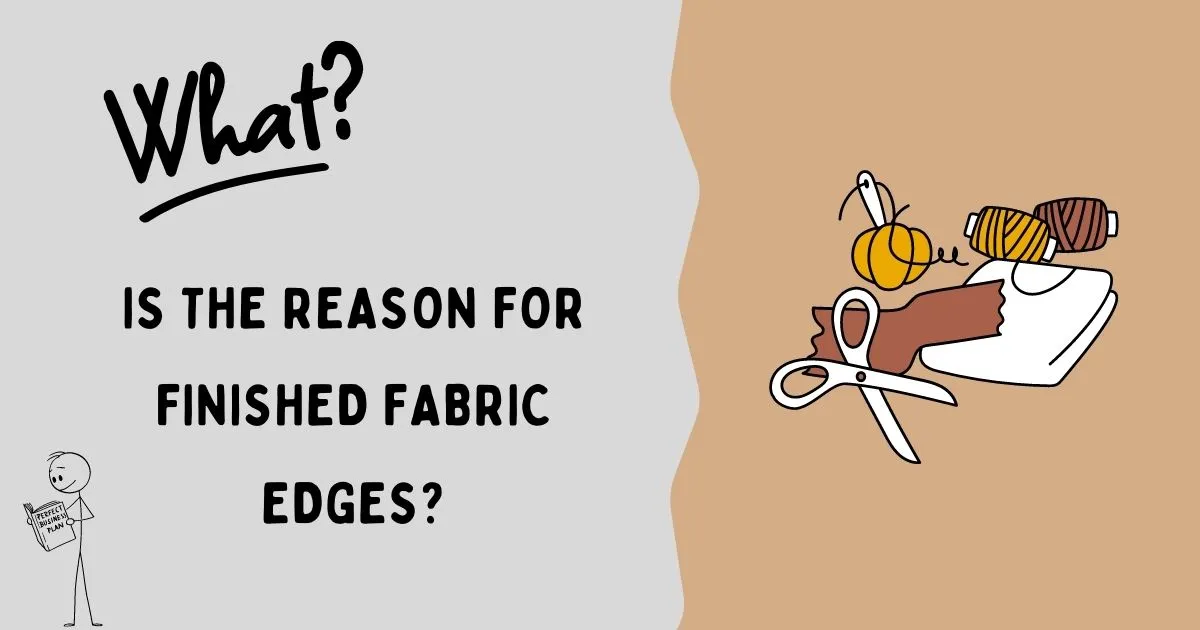
Why you need a sewing machine for finishing fabric edges?
A sewing machine offers precision and efficiency in finishing fabric edges, preventing fraying and enhancing durability. Its specialized stitches neatly encase raw edges, saving time and ensuring a professional outcome. Ultimately, having a sewing machine simplifies the process, making fabric edge finishing a breeze. Discover why you need a sewing machine to effortlessly master this fundamental aspect, setting the foundation for exceptional craftsmanship.
Read more: Best Sewing Machine For Home Use
10 Best Tips to sew fabric edges
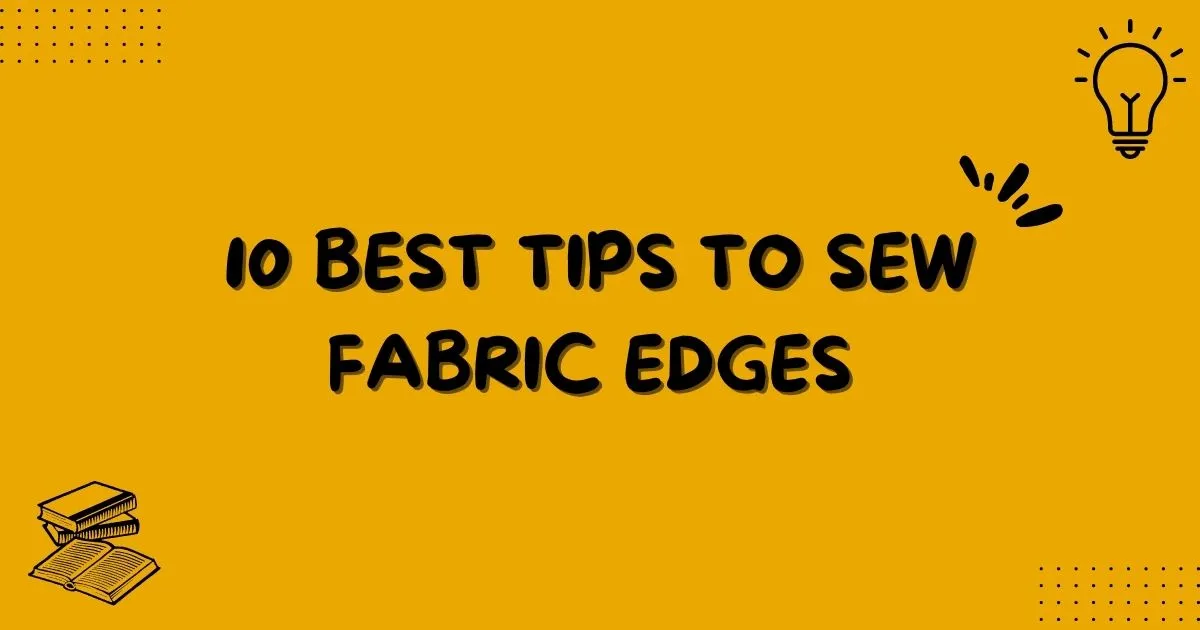
Fabric Edges Perfected
Crafting seamless fabric edges is effortless with the Brother CS7000i sewing machine. With its specialized overcasting stitch, this sewing marvel skilfully finishes raw fabric edges, ensuring durability and a polished look. The CS7000i transforms fabric into refined pieces, showcasing its mastery in edge finishing for every creative endeavour.
Read more: Best sewing machines for kids
Conclusion
In conclusion, fabric edges play a crucial role in ensuring the longevity and professional finish of garments and textile projects. By selecting an appropriate sewing machine, finishing techniques and practicing precise stitching, fabric edges can be transformed into polished and durable elements, enhancing the overall quality and aesthetic appeal of the final product.
How To: Finish Edge of Fabric (Sewing for Beginners)


